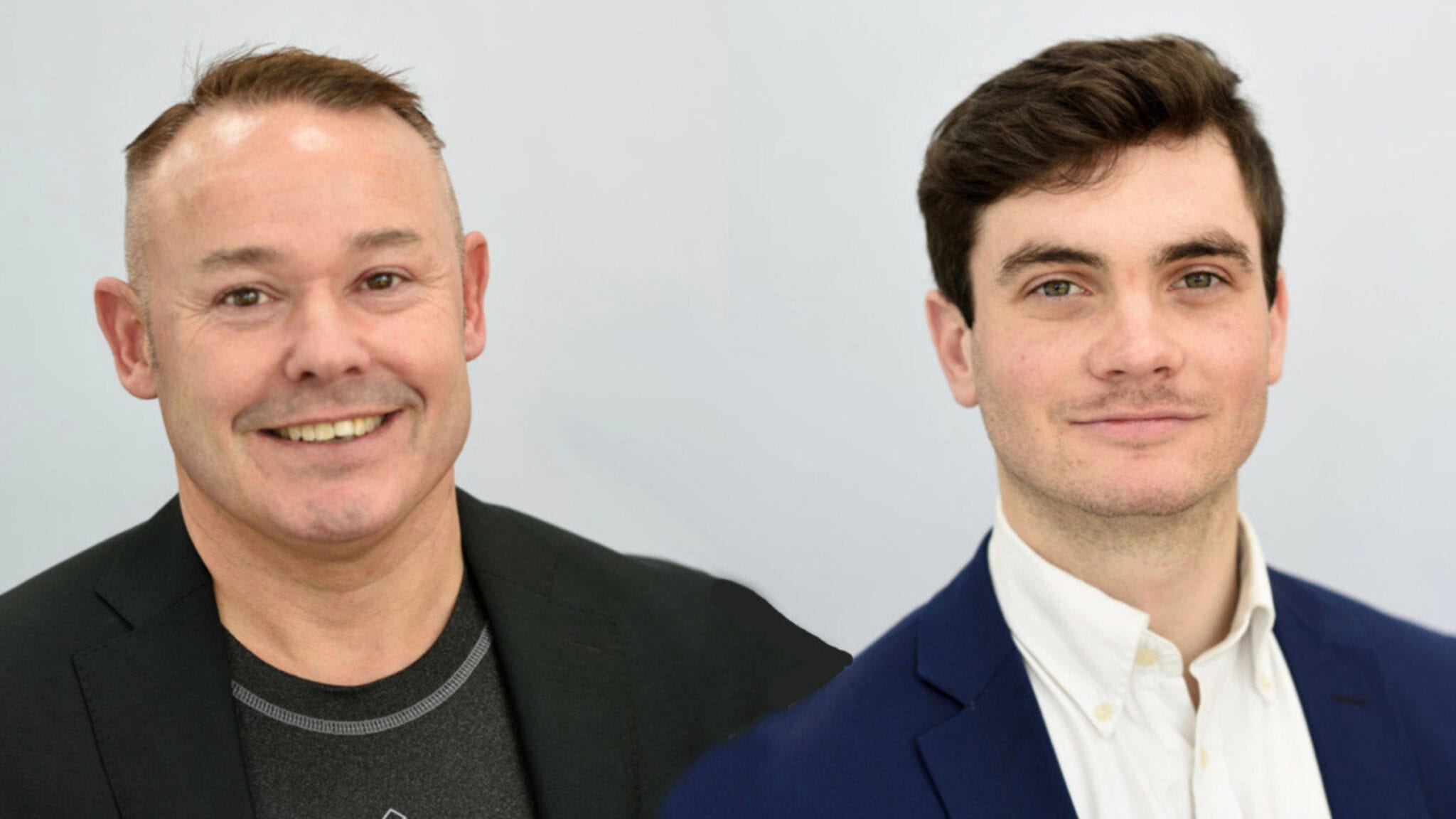
Darrin Disley (L) and Pierre-Louis Joffrin
A UK-based startup looks to beat Spark's Luxturna at its own game with programmable cell platform for eye disease
Spark’s Luxturna made waves in 2017 when it was approved to treat inherited retinal degradation by replacing the mutated RPE65 gene with a normal …
Sign up to read this article for free.
Get free access to a limited number of articles, plus choose newsletters to get straight to your inbox.